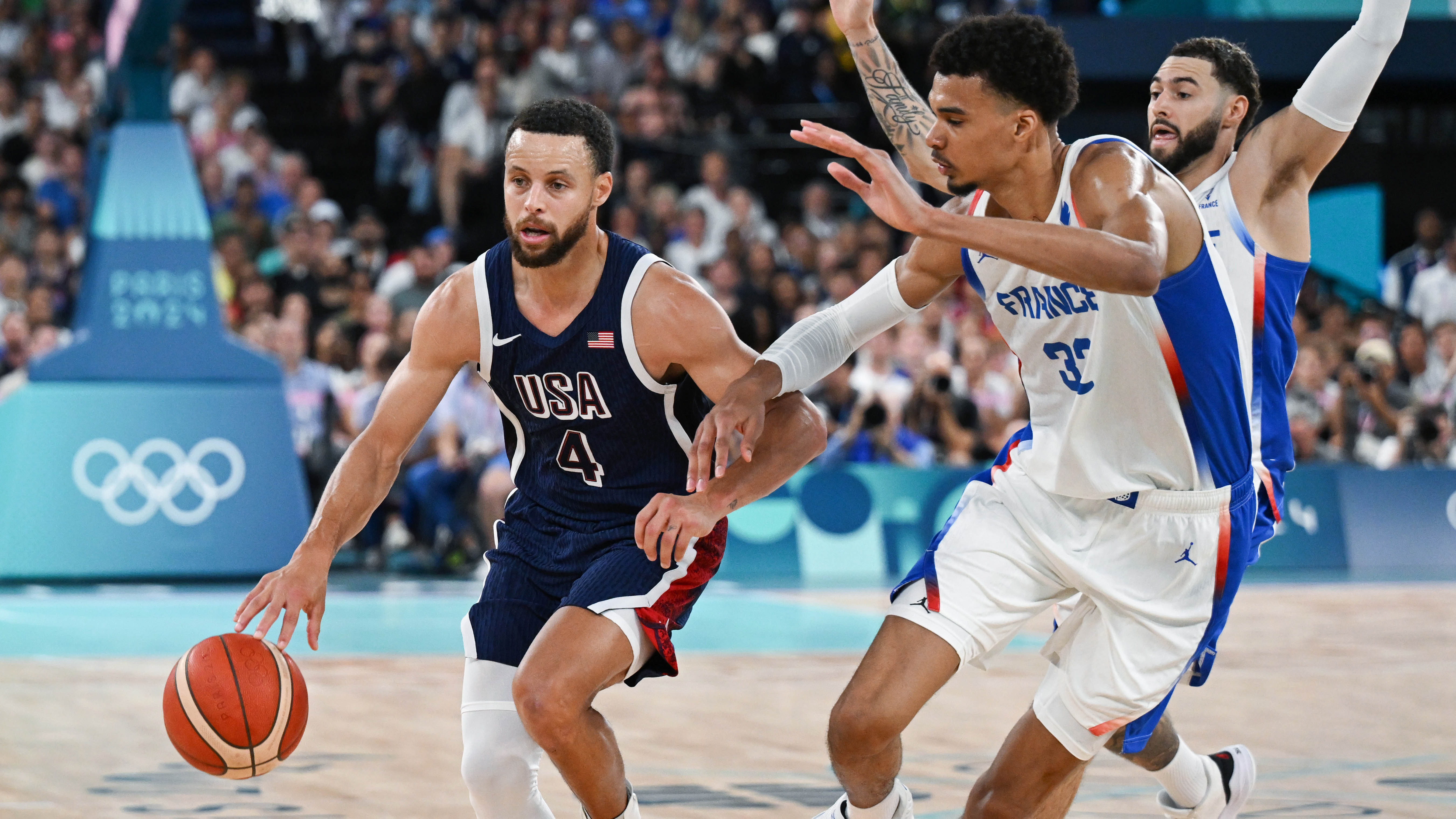Viewers who tuned in to any of the Paris Games' cycling events may have noticed that the athletes' helmets looked — well, odd.
"We look silly," Team USA track cyclist Lily Williams said. "And we know we look silly."
Some of the helmets taper out into a longer point at the nape, while others include include a visor or cover the ears.
But athletes don't just choose the helmets for the fashion.
Get top local stories in San Diego delivered to you every morning. Sign up for NBC San Diego's News Headlines newsletter.
"In races where the speeds are exceeding 40, 50, 60 kilometers an hour, there's a massive aerodynamic advantage to having what we call an 'aero-helmet,'" Williams said.
They're commonly worn during road time trials, as well as on velodrome, an indoor arena for track cycling featuring steeply banked oval tracks. The surface and shape of the helmets are designed to be more conducive to speed, though different shapes may be faster on different people.
"All of these crazy shapes are just different companies' attempts to make the air flow around the frontal area of you and your bicycle in the best way," the 2020 Olympics bronze medalist said. "But they started to get very creative in the past couple of years."
Paris 2024 Summer Olympics and Paralympics
Watch all the action from the Paris Olympic and Paralympic Games live on Peacock
Though it definitely feels funny, Williams said that once you get used to the helmet, "you can definitely feel the benefits."




